A couple months ago, FERC made an incomprehensible decision to rubber stamp GBE's request for "continued" negotiated rate authority, and then ignored the Illinois group's request for rehearing simply because it ran out of time. In my opinion, FERC will find itself between a rock and a hard place trying to explain how its decision was logical to the court. There's still time for FERC to change its mind and bolster its contradictory order, but that window is closing fast.
Perhaps FERC didn't think that the Illinois group would actually file an appeal. Basing the legal durability of its decisions on whether or not FERC thinks the appellant has enough money and skills to file an appeal (and therefore making bad decisions that affect parties without means) doesn't always work out so swell. Sometimes those parties win the stare down contest and FERC ends up trying to defend the defenseless before some judges. I might actually feel sorry for the FERC attorney who gets handed this dud, if it didn't cost so much time and money for the appeal to be filed.
Here's what the Illinois group filed.
| petition_for_revew_final_w_exh_a.pdf |
In October 2023, GBX filed with FERC its Application for Amendment to Existing Negotiated Rate Authority (the “2023 GBX FERC Application”), for which FERC opened its Docket ER24-59. Absent from the 2023 GBX FERC Application is any mention of its failure to obtain FERC’s prior approval under FPA Section 203 for the 2020 upstream ownership transfer of GBX to Invenergy. GBX instead continually characterizes certain noncontroversial changes to its transmission project as amendments to its existing negotiated rate authority. Because FERC never approved the upstream ownership transfer of GBX to Invenergy under FPA Section 203, after the January 2020 closing of that transaction GBX had no negotiated rate authority to amend.
While FERC claims in its Order that it is reviewing GBX’s negotiated rate authority de novo based on its current ownership structure (Order, ¶71), it plays right along with GBX, dismisses as irrelevant GBX’s failure to obtain prior FPA Section 203 approval for the 2020 upstream ownership transfer, and expressly recognizes GBX’s continuing negotiated rate authority (Order, pg. 27). FERC thus backdates GBX’s negotiated rate authority to January 2020.
FERC’s recognition of GBX’s negotiated rate authority as continuing from any time prior to February 29, 2024 not only gives the lie to its claim that it has conducted a de novo review of that authority, it is a patently unlawful retroactive approval of an upstream ownership transfer that closed more than four years before FERC issued the Order.
Stay tuned!
Bravo to the Illinois group for questioning what FERC wrote in its Order and filing an appeal!


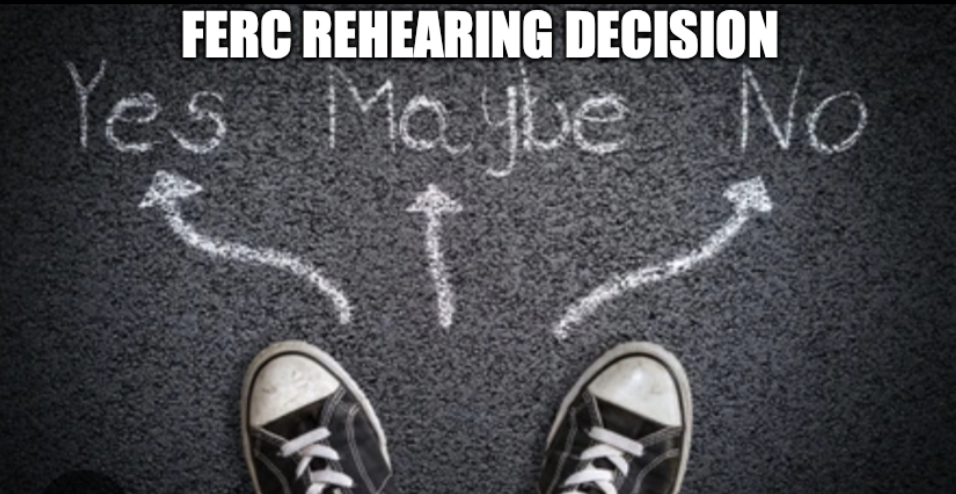
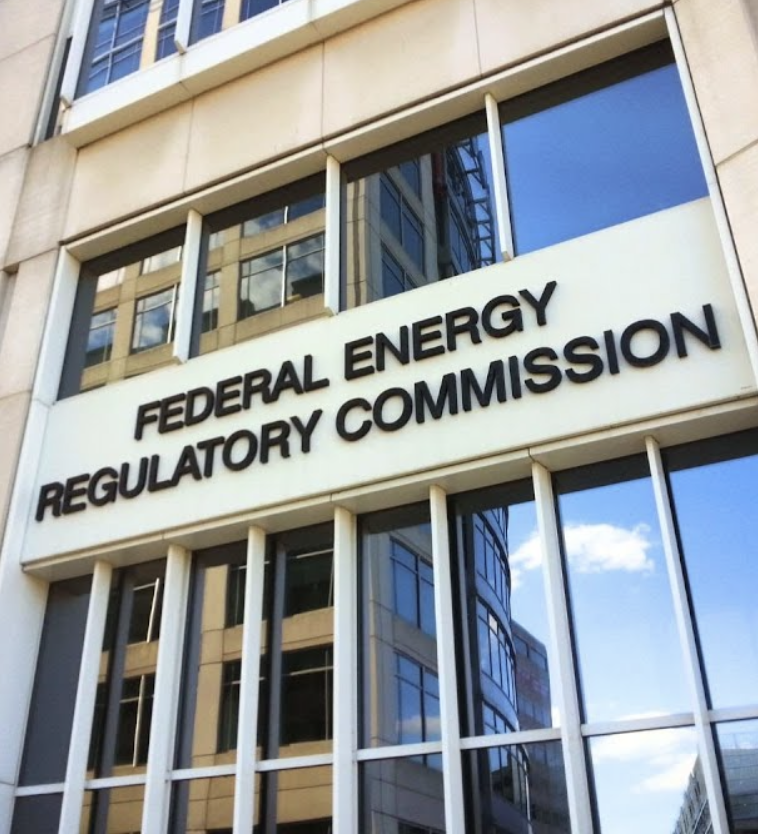
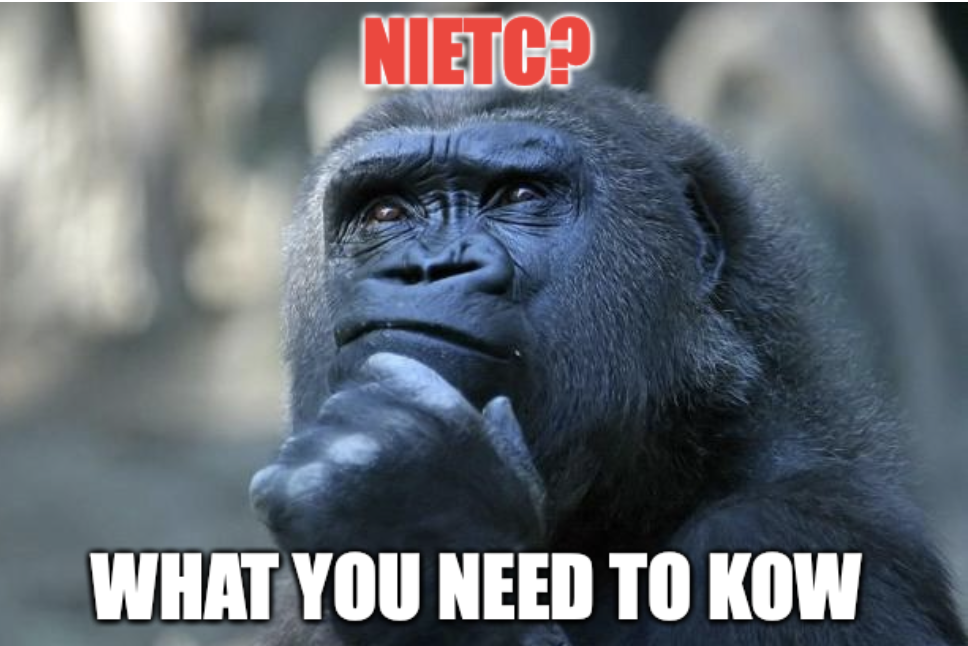
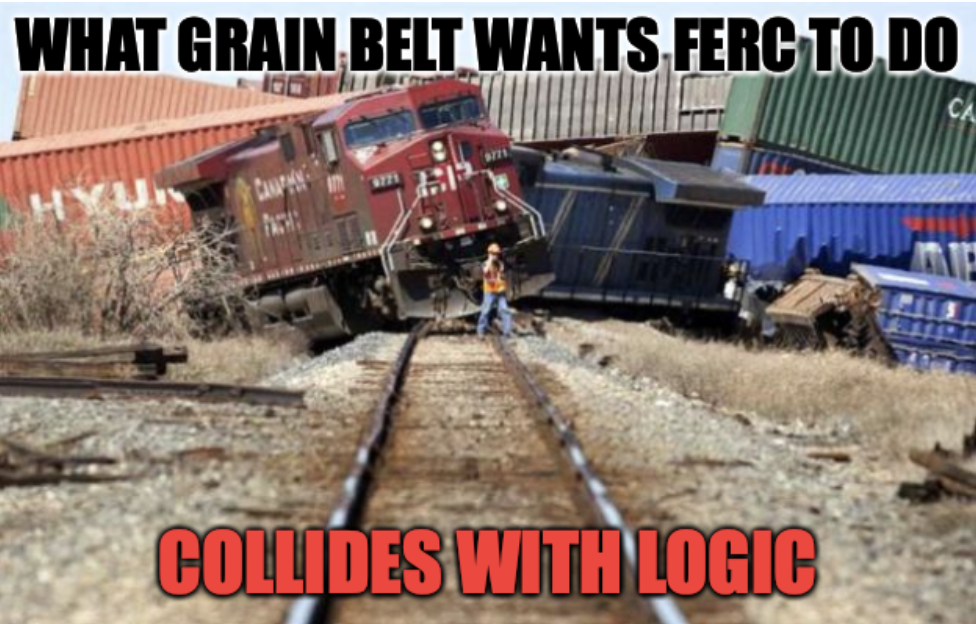

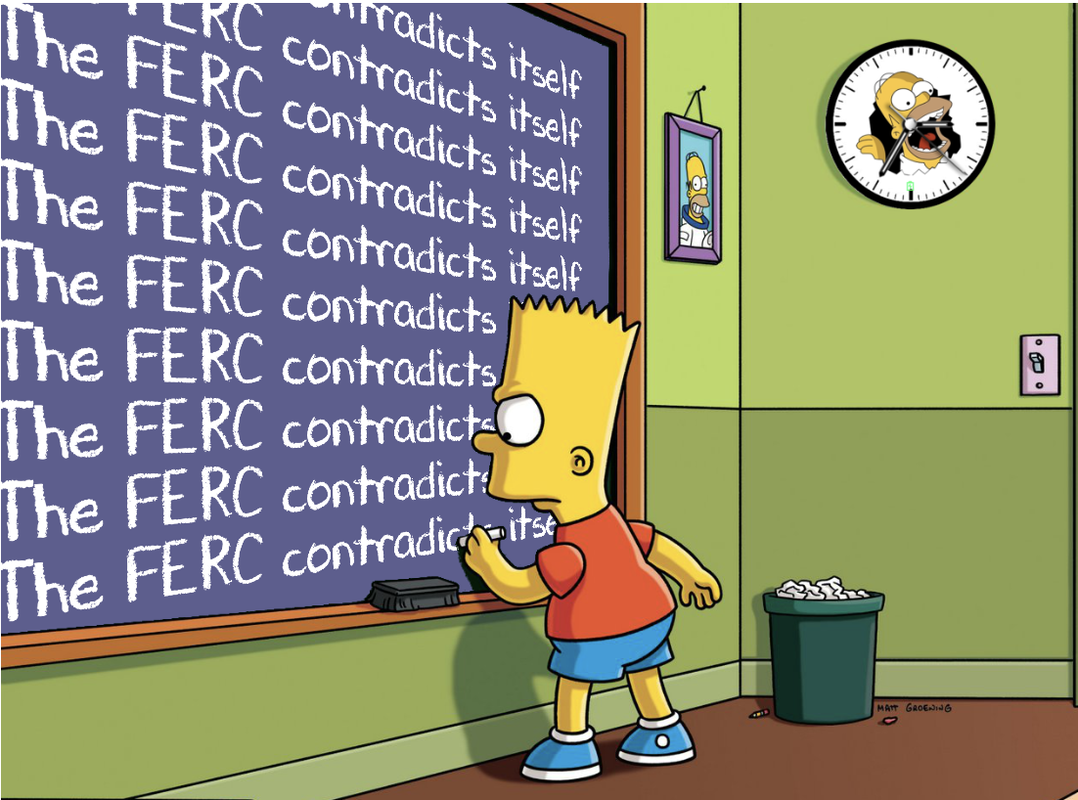
 RSS Feed
RSS Feed